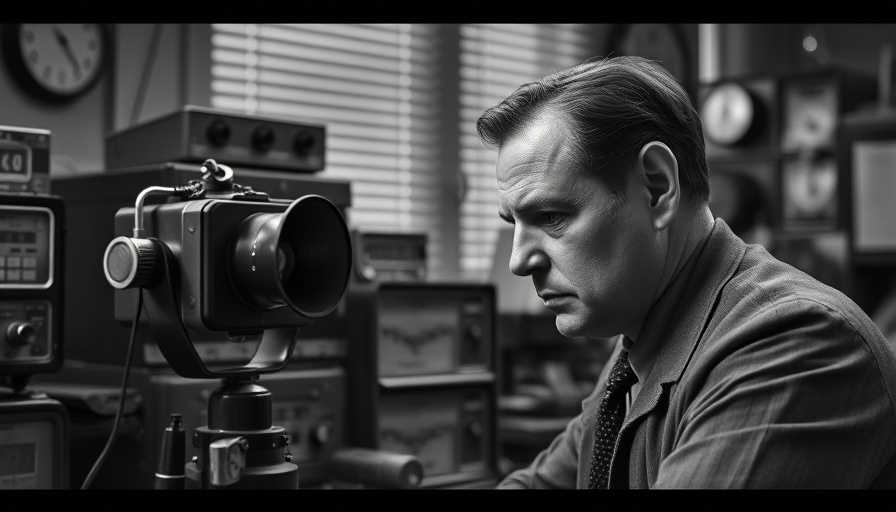
The Unveiling of Police Corruption in St. Paul
Imagine a time when the line between law and lawlessness blurred, and local police were compromised by the very criminals they were sworn to apprehend. In 1935, this was the reality in St. Paul, Minnesota, where investigative journalism took a bold stand against systemic corruption within its police department. At the center of this audacious exposé was a private investigator named Wallace Jamie, hired by the Daily News to uncover the smokescreen of crime and complicity that enveloped the city’s law enforcement.
The Role of Wallace Jamie
With a hefty dose of discretion, Jamie utilized cutting-edge technology of the time—dictograph microphones—to capture incriminating conversations among police officers. His snooping revealed a network of bribery shielding gambling and prostitution rings from prosecution. The results of Jamie's covert operations led to a seismic shift within the police force, resulting in the suspension or ousting of over a dozen officers, including the chief. Historians now describe this moment as a pivotal turning point in Minnesota's journalism history.
Impact of the Scandal on Public Safety
Paul Maccabee, author of John Dillinger Slept Here, notes this scandal not only exposed deep-seated corruption but also ushered in significant ethics reforms. The public safety commissioner sanctioned changes that aimed to demilitarize the police and ensure comprehensive oversight. By the early 1940s, the FBI celebrated St. Paul as having one of the nation’s premier police departments—an ironic twist in a narrative that began with egregious misconduct.
The Historical Context of Police Corruption
Understanding the roots of the corruption saga requires a glance back at the city’s history. The infamous O’Connor System, named after Police Chief John J. O’Connor, thrived in an era when police chiefs accepted payoffs from criminals as long as they kept their activities within the city limits. This emblematic oversight prevailed under O’Connor's leadership from 1900, fostering an environment conducive to organized crime.
Reflections on Ethical Standards in Law Enforcement
The sheer scale of corruption was not lost on the citizens of St. Paul. As outlined by Maccabee, many were aware that police were being bribed but viewed the arrangement as a necessary evil during a time of rampant crime. However, the exposure of this deceitful nexus began to evolve public opinion, highlighting the essential need for integrity within law enforcement.
Continued Relevance of the 1935 Exposé
This incident serves as an enduring reminder of the importance of watchdog journalism in safeguarding democracy and upholding public trust. Whether in the context of 1935 or today's modern challenges, investigative journalism remains vital in revealing wrongdoings and instigating systemic change. The lessons from St. Paul remind us that vigilance against corruption, especially in those entrusted to enforce the law, is paramount.
As we reflect on this bold act of journalism, it becomes apparent that the legacy of Wallace Jamie and the Daily News continues to resonate today. The power of investigative work not only transformed St. Paul’s police department but also propelled a movement towards fostering ethical standards across various facets of public service.
 Add Row
Add Row  Add
Add 




Write A Comment